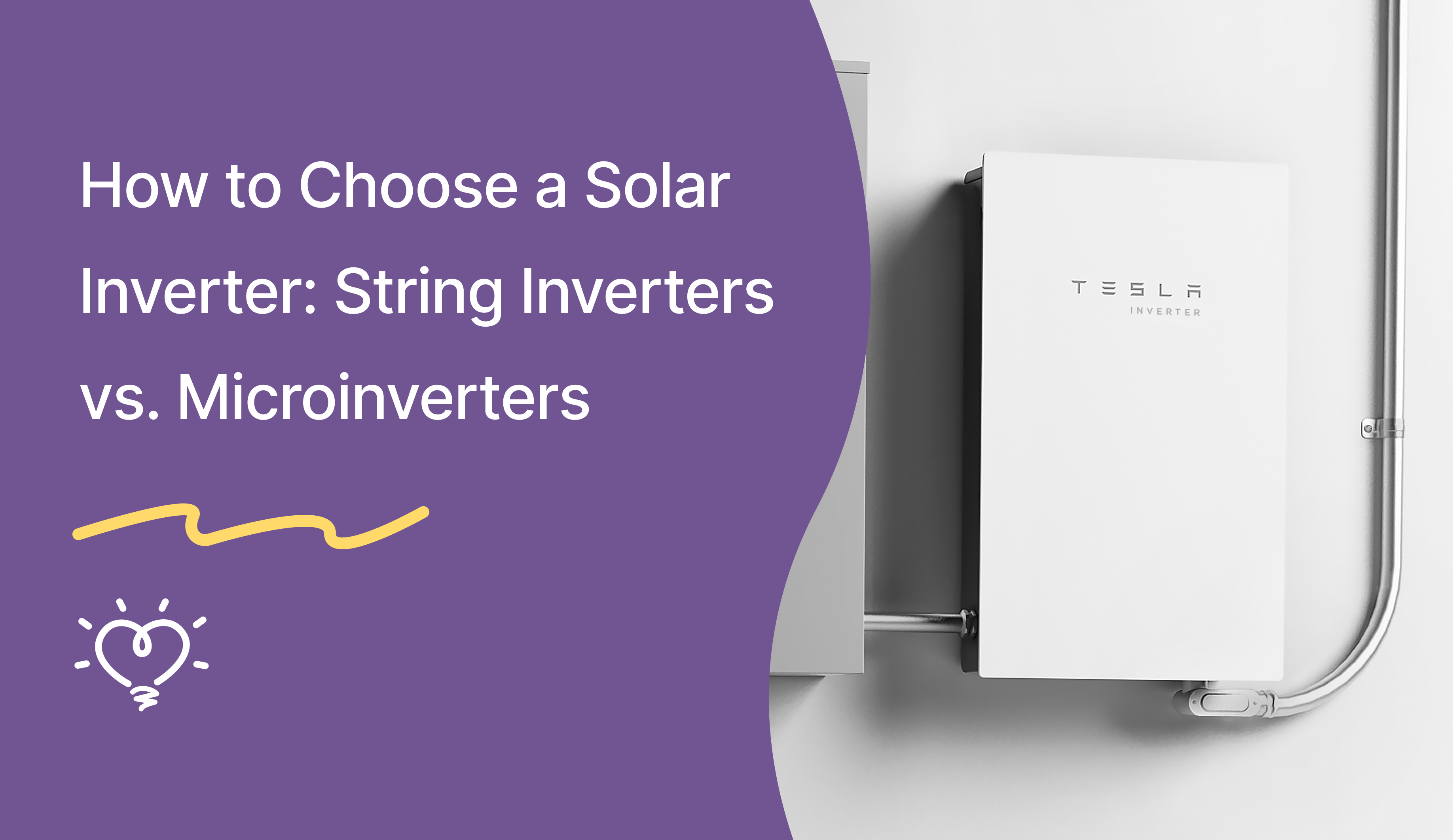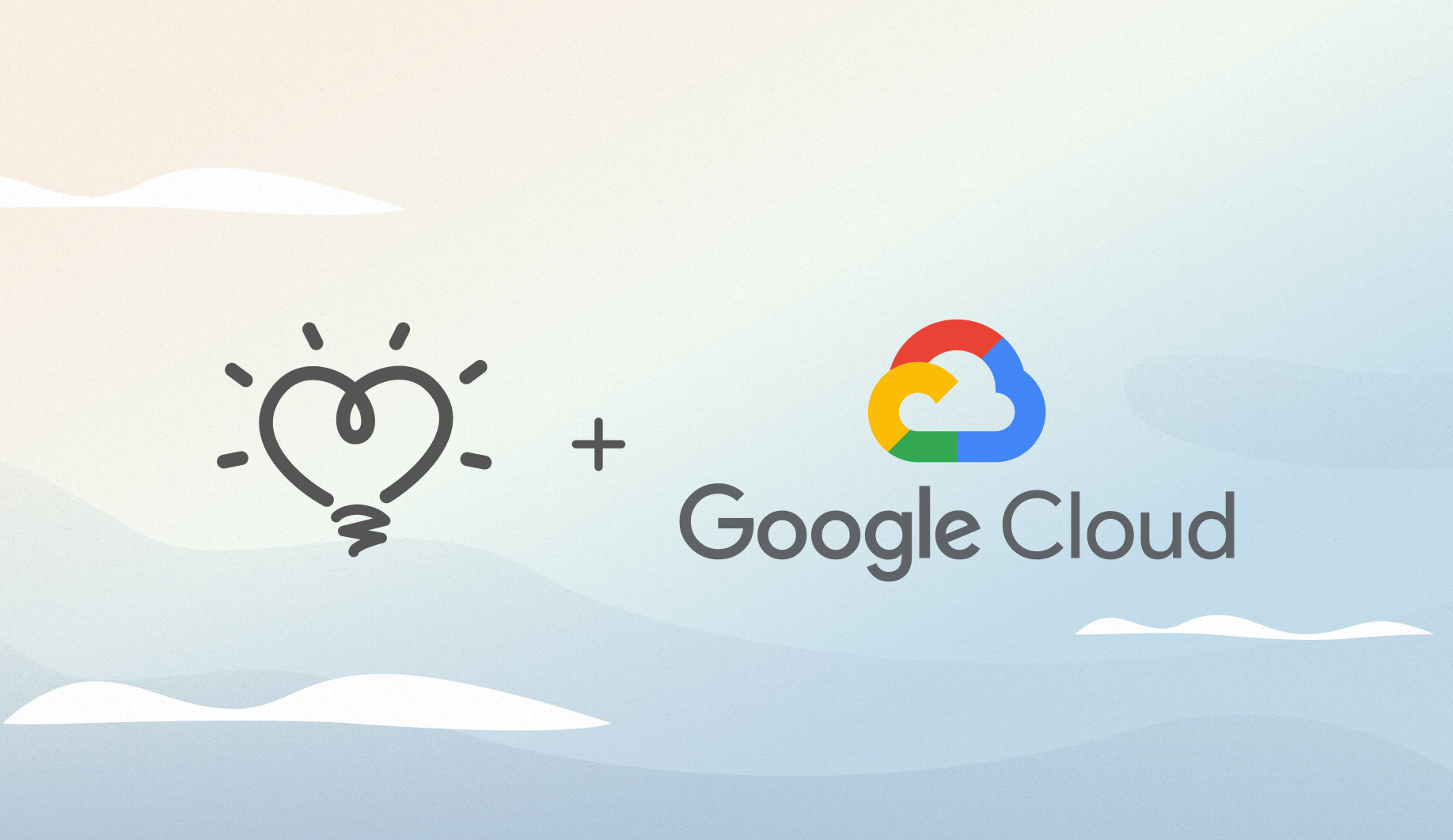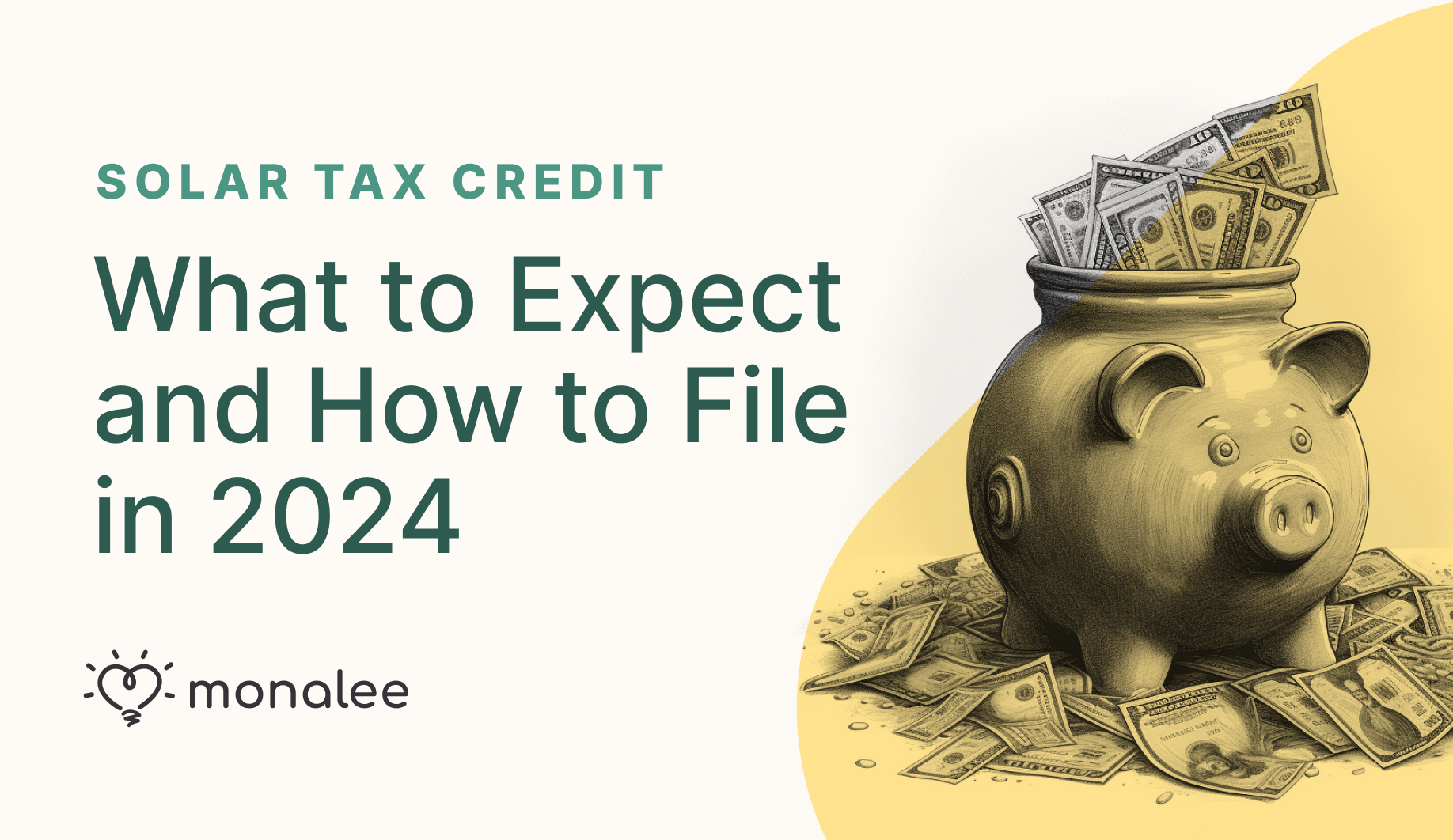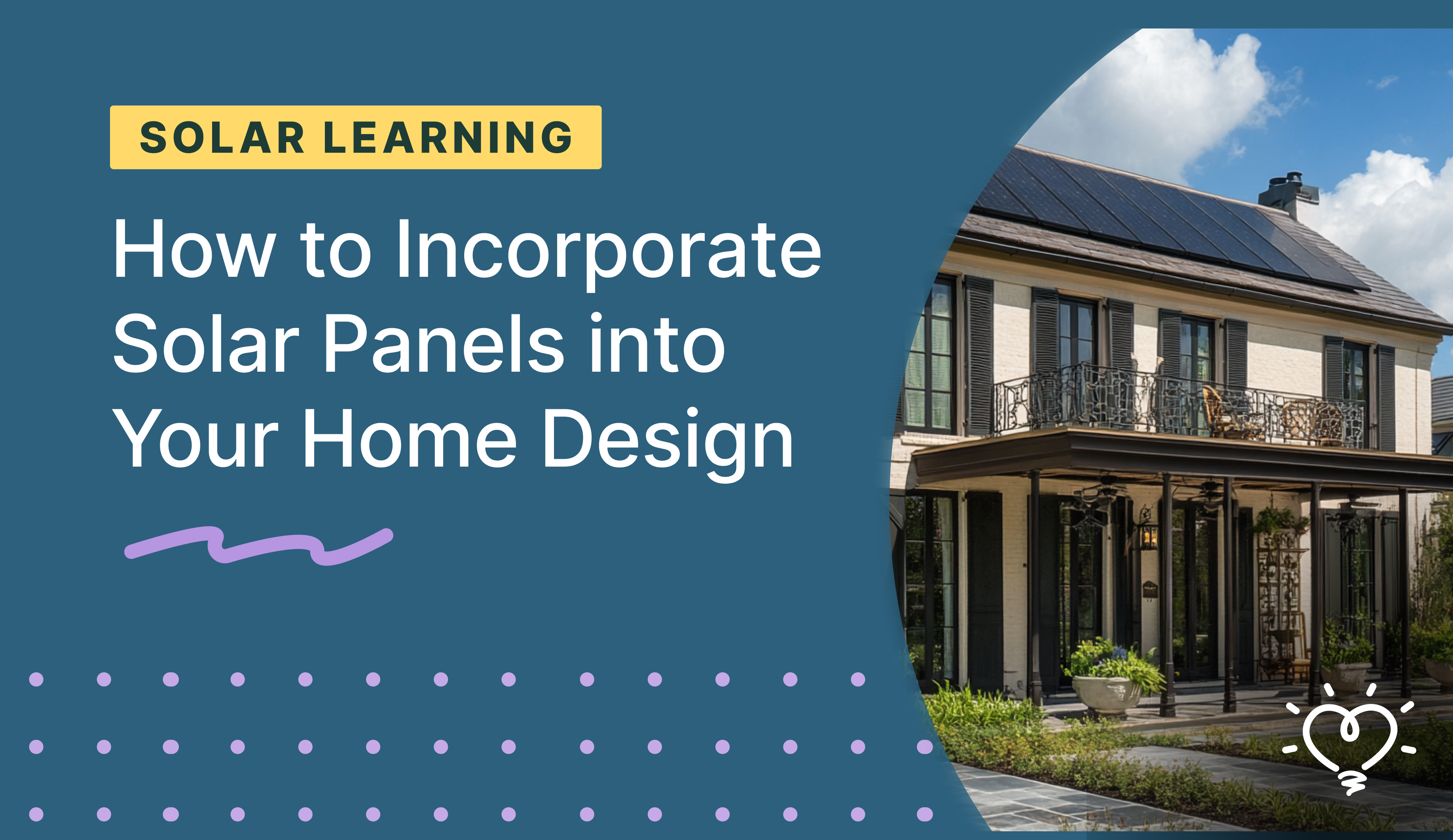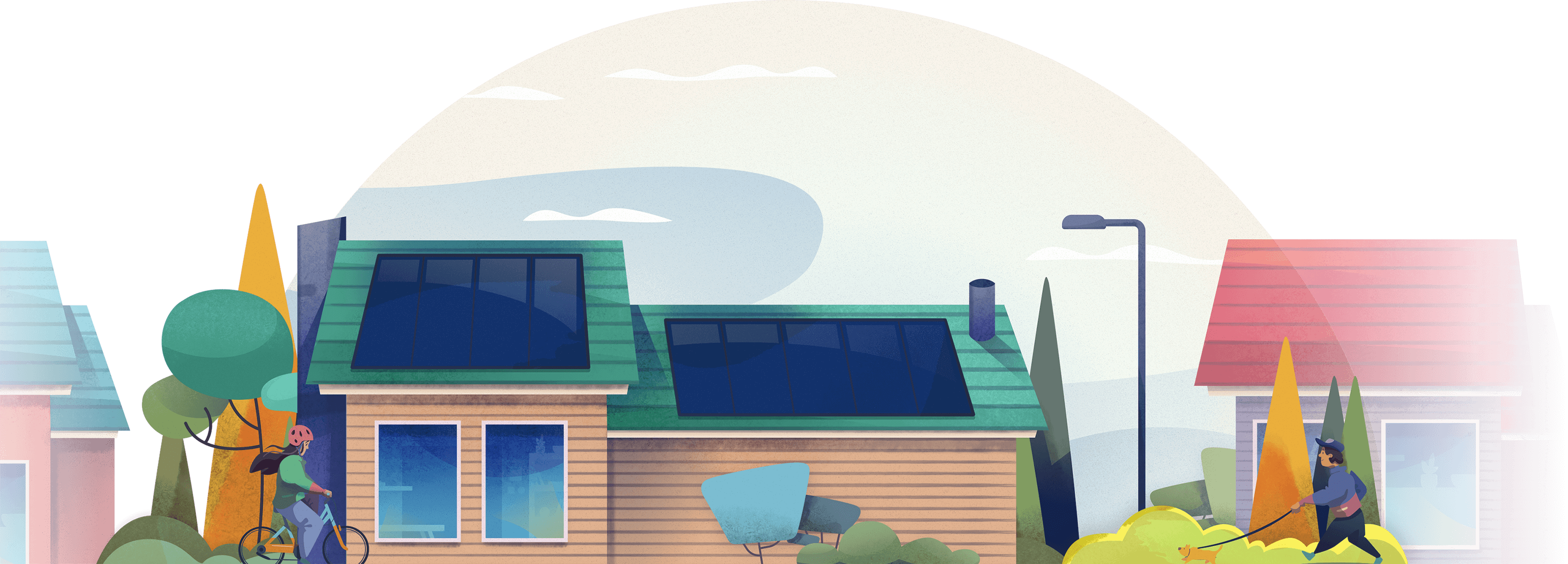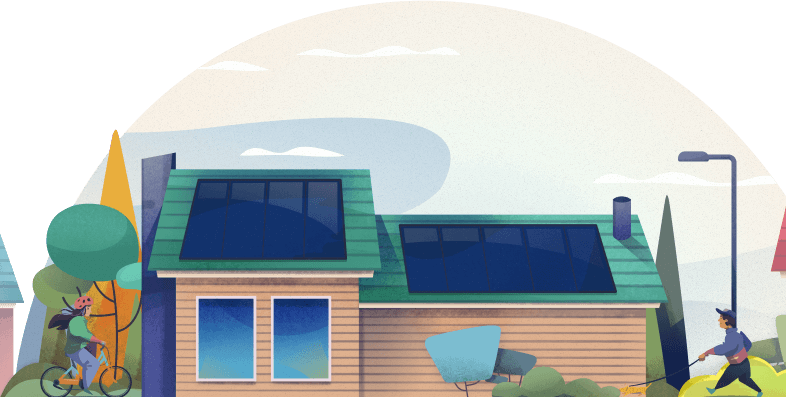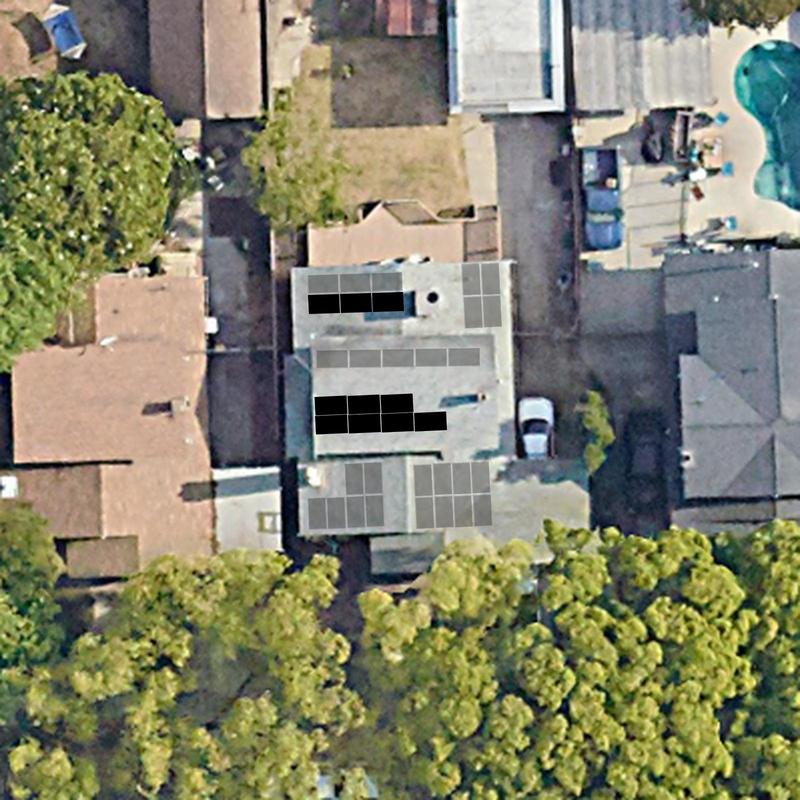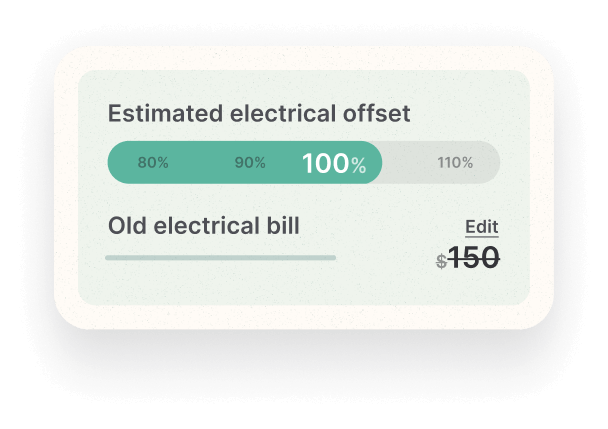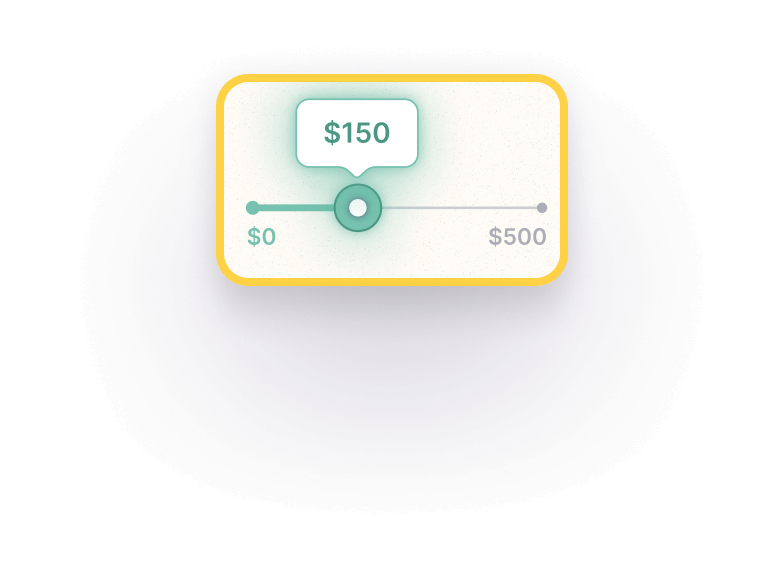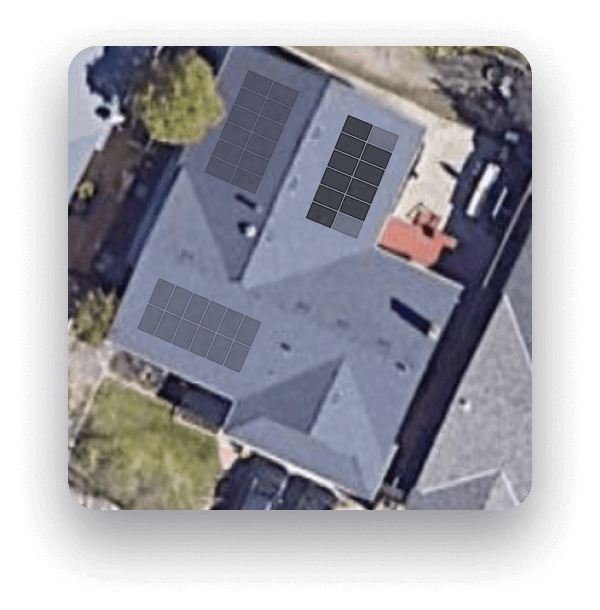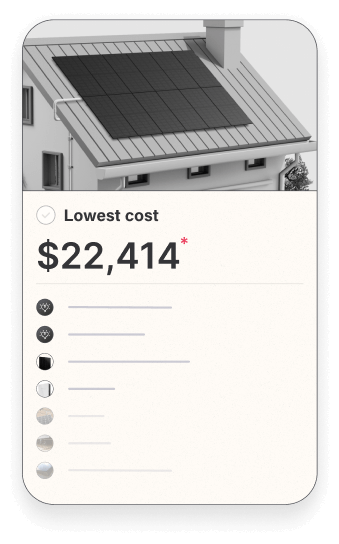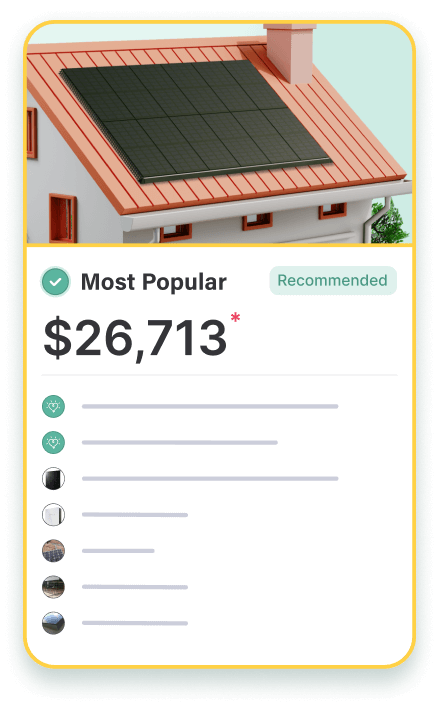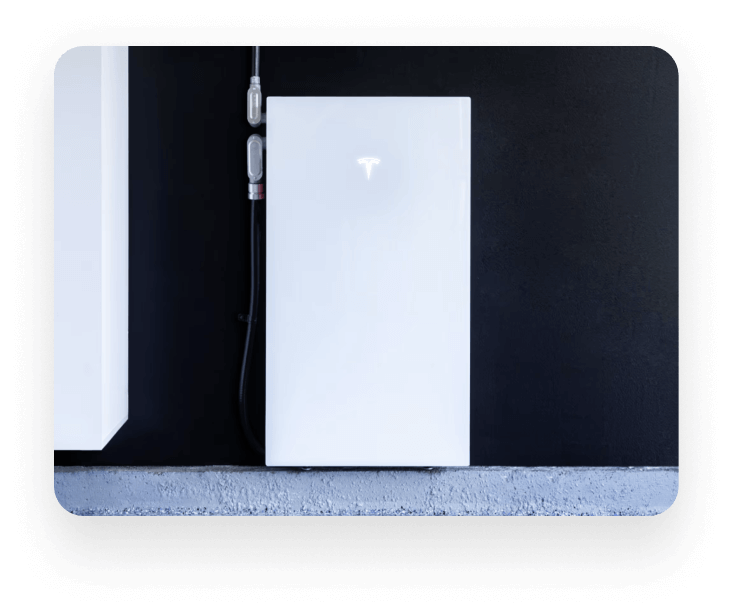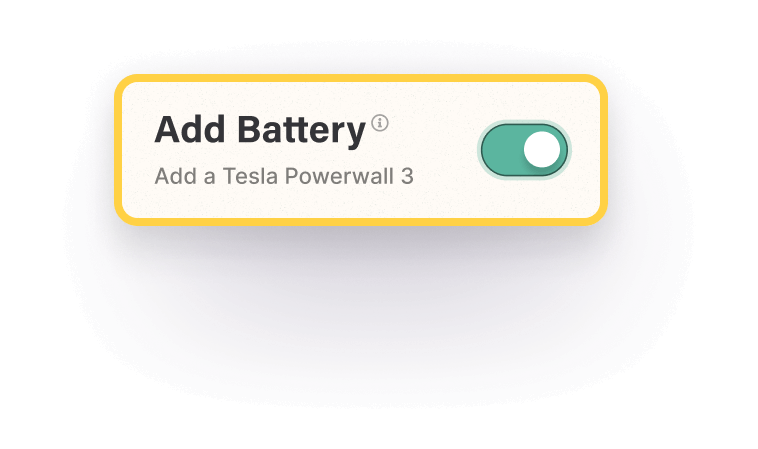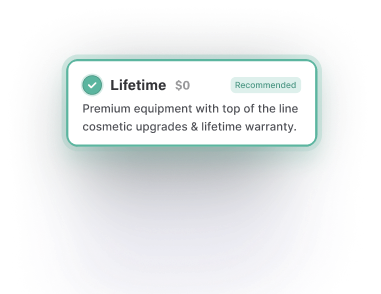Inverters are a very important piece of equipment needed in any solar energy system. They regulate the flow of electrical power and convert direct current (DC) electricity—this is the energy that solar panels generate from the sun—into alternating current (AC) electricity that the local utility grid uses.
For homes that run on solar, inverters do more than regulate the flow of electrical power. Aside from converting direct current electricity into alternating current electricity, inverters also monitor your solar system and provide a communication portal between your system and computer networks.
In this post, we’ll go through the pros and cons of each type of inverter, and what questions to ask your solar company ahead of installation.
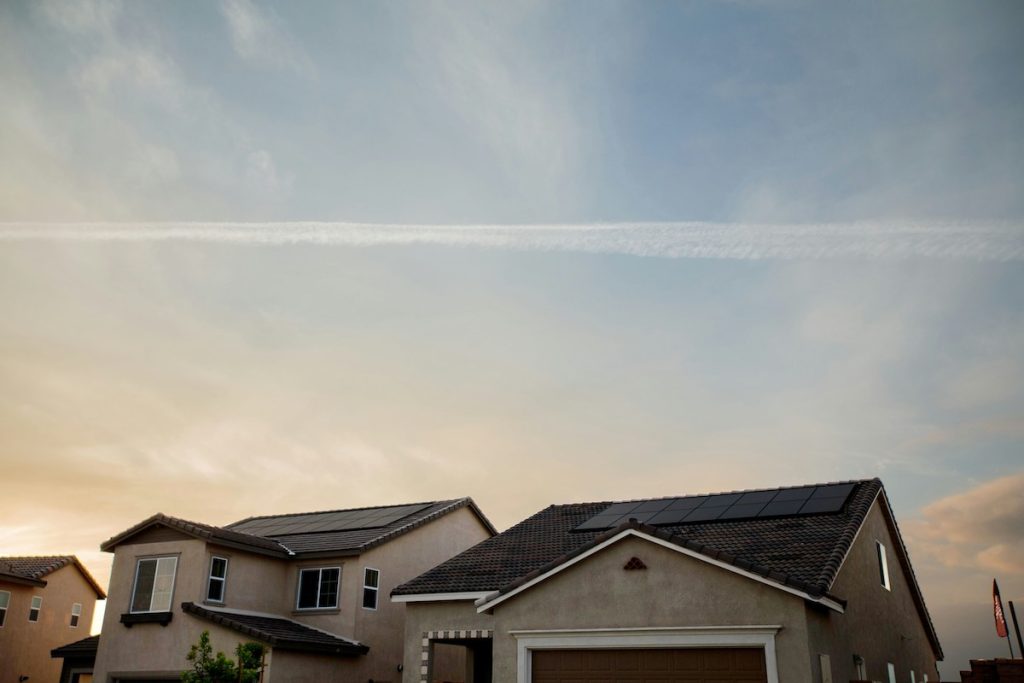
What is the main difference between string inverters and microinverters?
Microinverters are a type of solar inverter technology that is installed at each solar panel. They are an alternative—often at a higher price point—to traditional string inverters. Some homeowners prefer microinverters because they allow for rapid shutdown and allow for flexible solar panel layouts.
Unlike microinverters which are directly mounted on each solar panel, string inverters are mounted on the home itself. This type of inverter converts the electrical currents from all of the solar panels.
Monalee installations include Schneider inverters, which connects PV and battery to your home and the electrical grid.
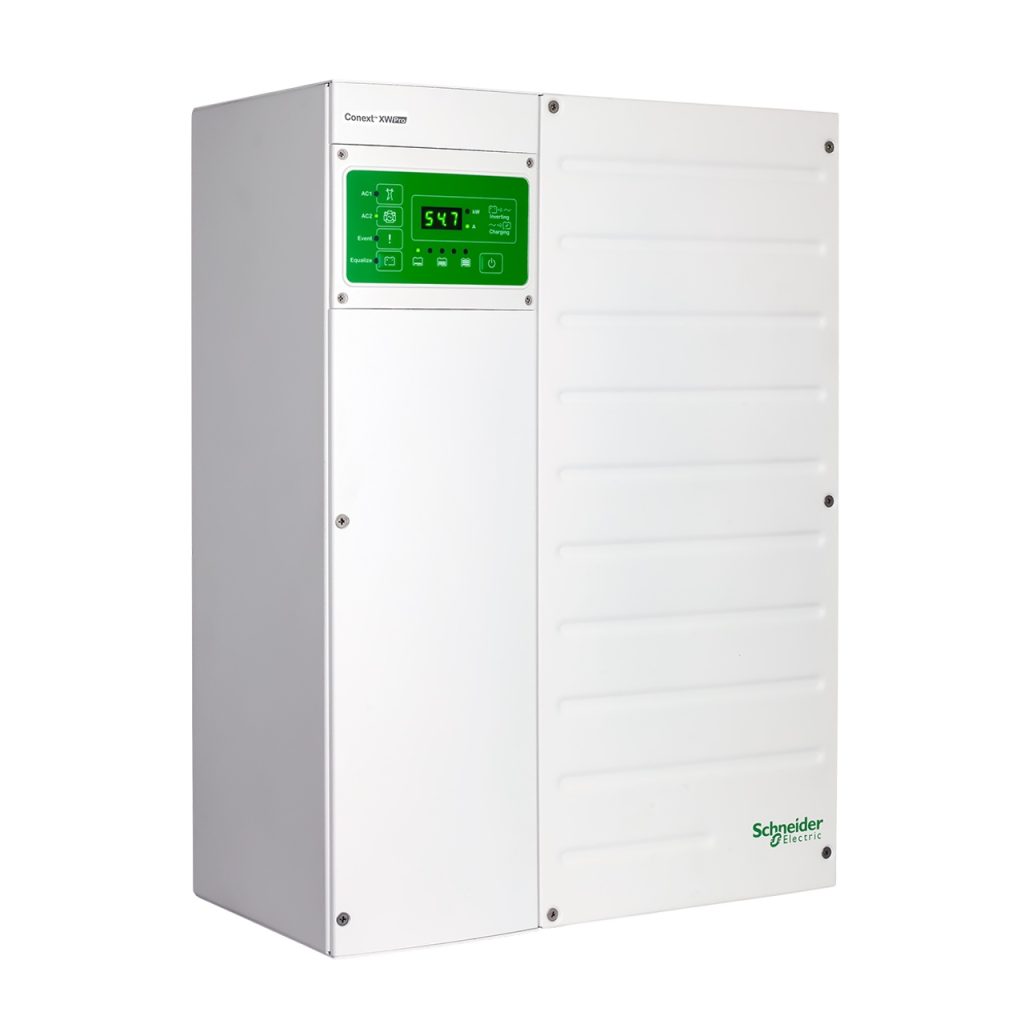
Pros and cons of string inverters
As its name suggests, a string inverter is connected to a ‘string’ of solar panels, and this string of solar panels is called a solar array. In most cases, solar arrays can consist of about 15 solar panels of 250Wp each.
Pros:
Typically more affordable
Affordability is definitely something to consider when choosing an inverter and string inverters tend to cost less than microinverters. One reason for this is because there are more brands and models to choose from, making for a more competitive market. In fact, up until a few years ago, alternatives to string inverters didn’t exist.
Work well on roofs with little to no shading issues
If your home doesn’t get a lot of shade, then string inverters will work quite well. If your roof does tend to be covered by shade—whether from trees overhead or other structures—you may run into some trouble. When there is shade, it means the inverter needs to work harder to find a new maximum power point.
Low maintenance and easy to troubleshoot
Since the majority of string inverters are installed in a common room or mounted on a home’s wall, it makes maintenance and troubleshooting a much smoother process. With microinverters, you’d need to check the solar panels on your roof, which requires additional safety measures.
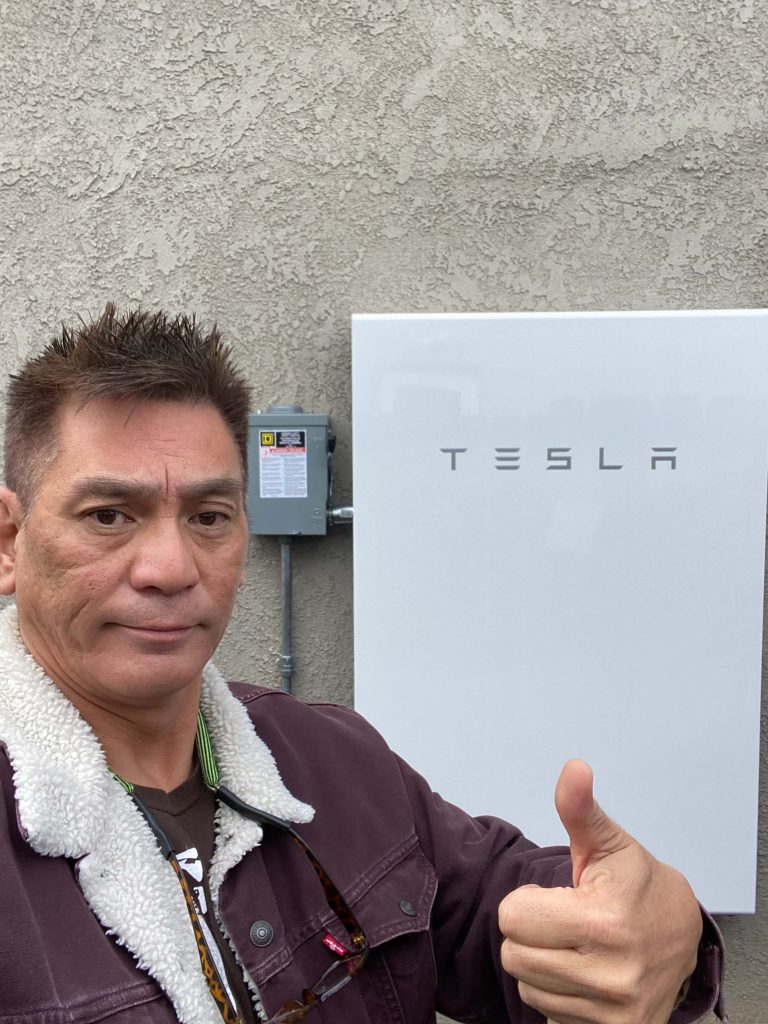
Cons:
Lowest performing solar panel determines the output of the whole array
In other words, there’s a single point of failure. This means that if the inverter breaks down for whatever reason, the entire solar array is affected and should expect a significant loss of electricity production until it’s working again. The same is true if just one solar panel in an array is shaded, dirty, or faulty.
Increase in price when adding more panels
String arrays have a limited system expansion, so if you decide to expand your solar system now or later on, you’ll likely need to buy and install another string inverter for your system. This, along with shorter life spans than microinverters, can make string inverters somewhat less cost effective.
Less robust system monitoring
When choosing string inverters for your solar system, keep in mind that while you will have access to how much energy your solar panels are producing, you’re not going to be able to see module-level data with string inverters.

Pros and cons of microinverters
If your solar company plans to install microinverters, here’s what this means in terms of affordability and output.
Pros:
Longer lifespans and warranties
Compared to the 10-12 year lifespan of most string inverters, microinverters can last up to 25 years, which is about the same as the solar panels themselves. Based on this projected lifespan, many manufacturers offer longer warranty periods.
Flexible design
For homes with complex roof shapes, several orientations or obstructions, it’s beneficial to opt for microinverters that allow for more flexible system designs. You can also expand your solar system by adding more panels without worrying about restringing the inverter or buying a second inverter.
No single point of failure
Unlike with string inverters, if there is a problem with one solar panel it will not have any bearing on how the remaining solar panels function. This can be helpful during the days—and in extreme cases, weeks—when you’re waiting for a repair or replacement through your warranty.
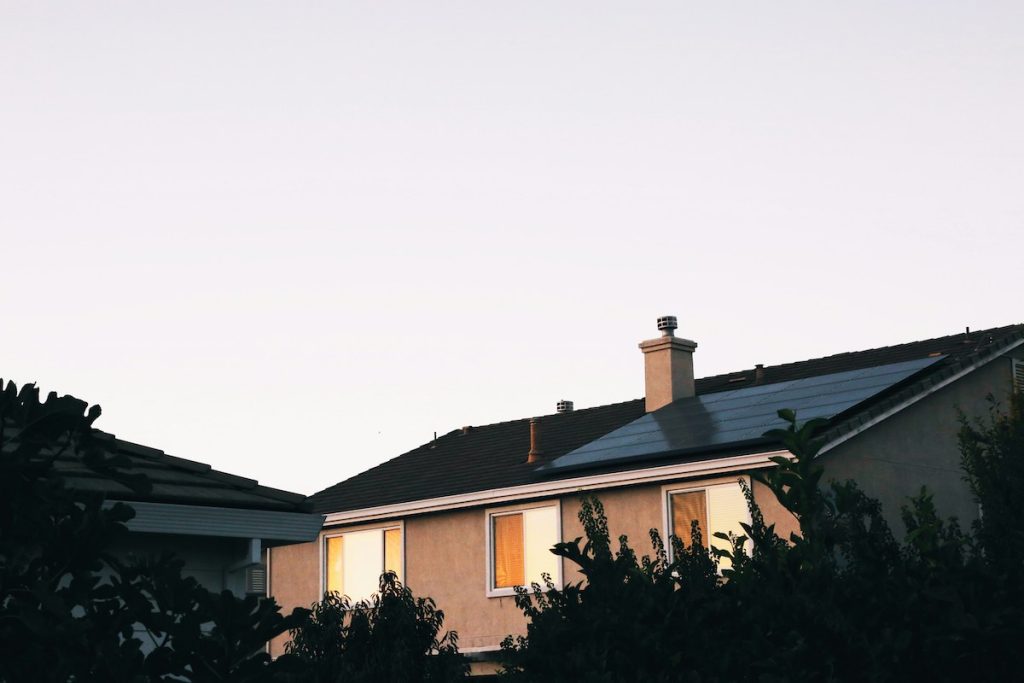
Cons:
Requires more maintenance
Since microinverters are mounted directly on the solar panel modules, performing maintenance on them can be tricky and will definitely require a professional and can be more costly. If your roof is flat, it will be easier to unmount the modules but you should still contact your solar installer rather than attempt to do this yourself.
More expensive on a per-watt basis
While microinverters do offer several advantages, affordability is not among them. In general, this type of inverter tends to be more expensive on a per-watt basis than that of string inverters. Expect to pay between 20-30% more for a microinverter.
On poor quality models, there are high failure rates
It’s also worth noting that microinverters are a fairly new offering on the market, which means that there is less historic data to rely on. This isn’t a con per se, but something to keep in mind when choosing which inverter type to buy.
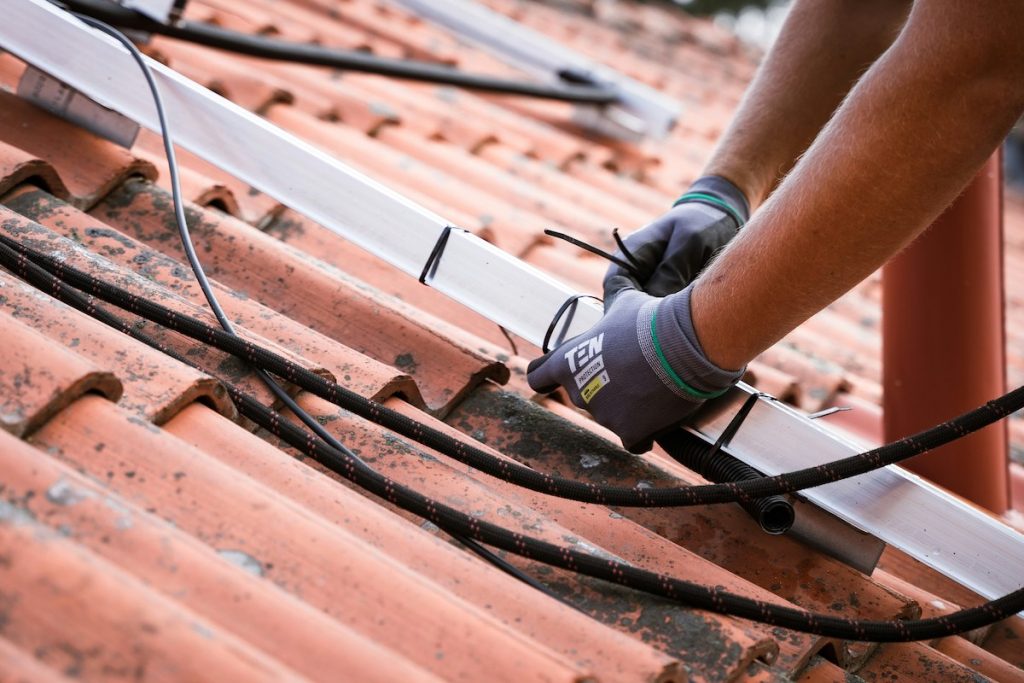
Final thoughts
Inverters are integral to a functioning solar system, and there are pros and cons to which type of inverter you choose to buy. The main difference between the two is that microinverters are directly mounted on each solar panel while string inverters are mounted on the home itself. When choosing a solar inverter, it’s helpful to gauge whether your roof will be fully exposed to sunlight or if there are areas where shading may occur for several hours of the day.
